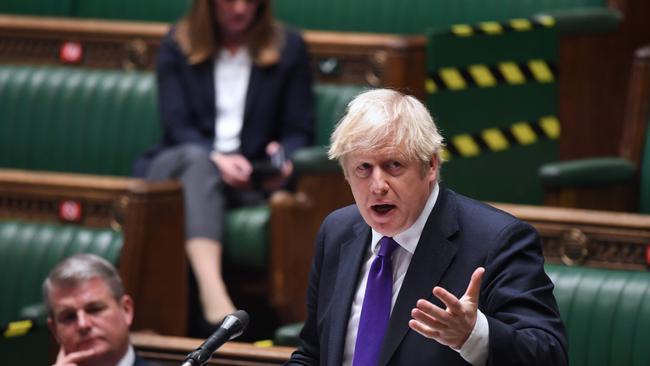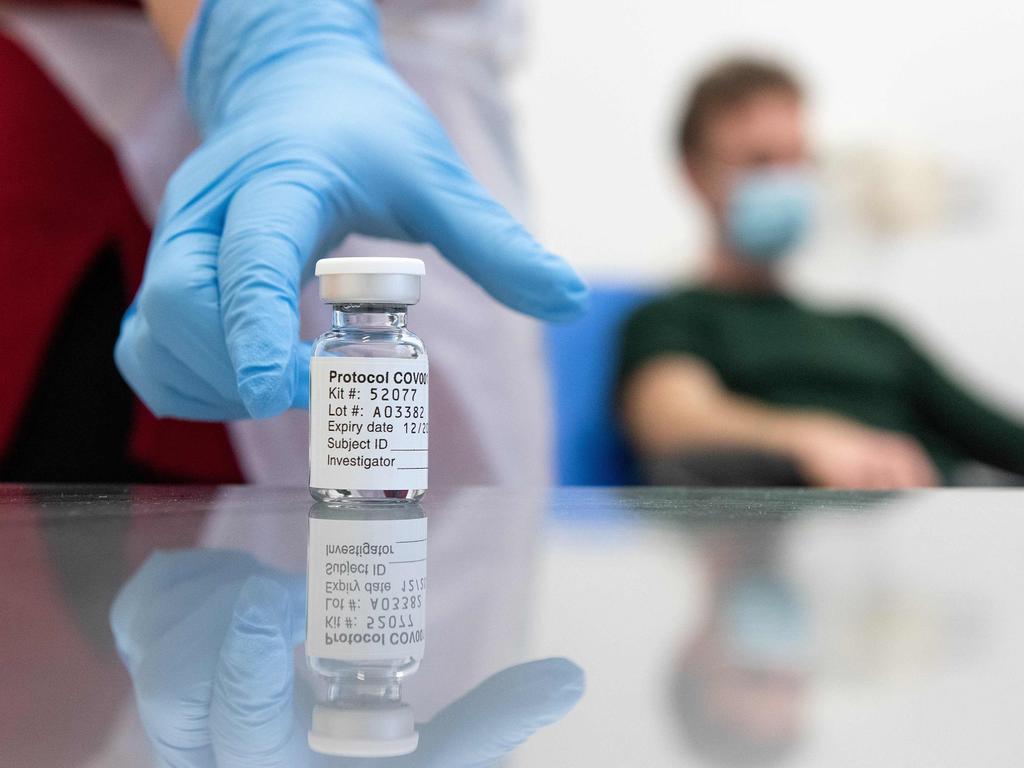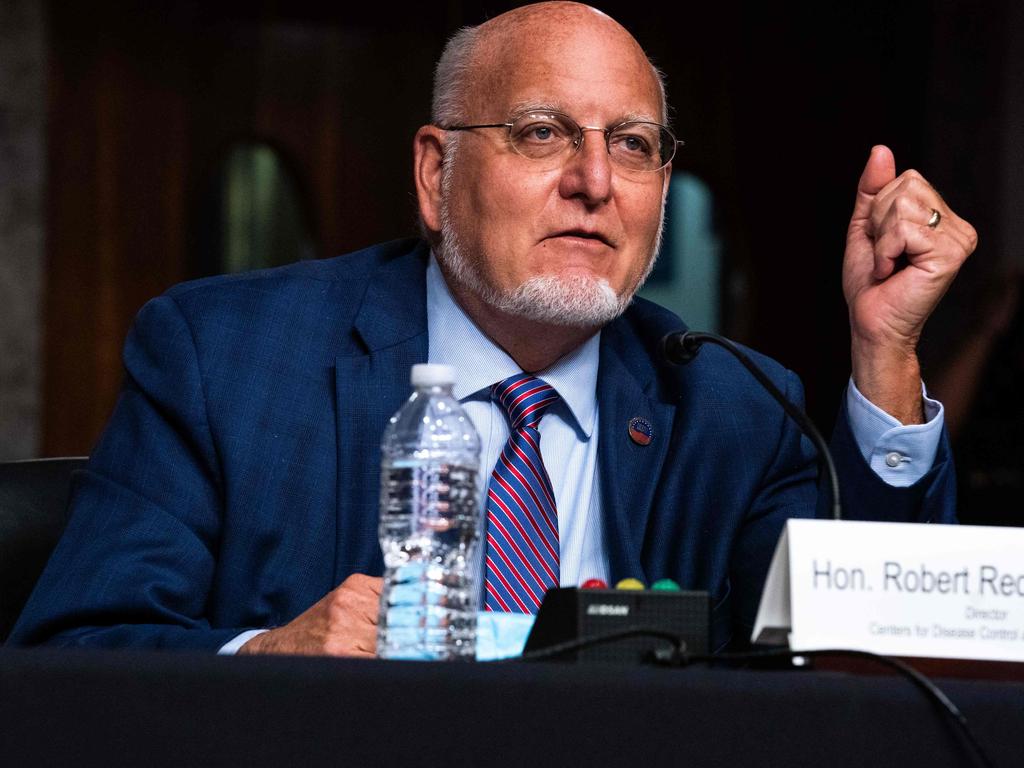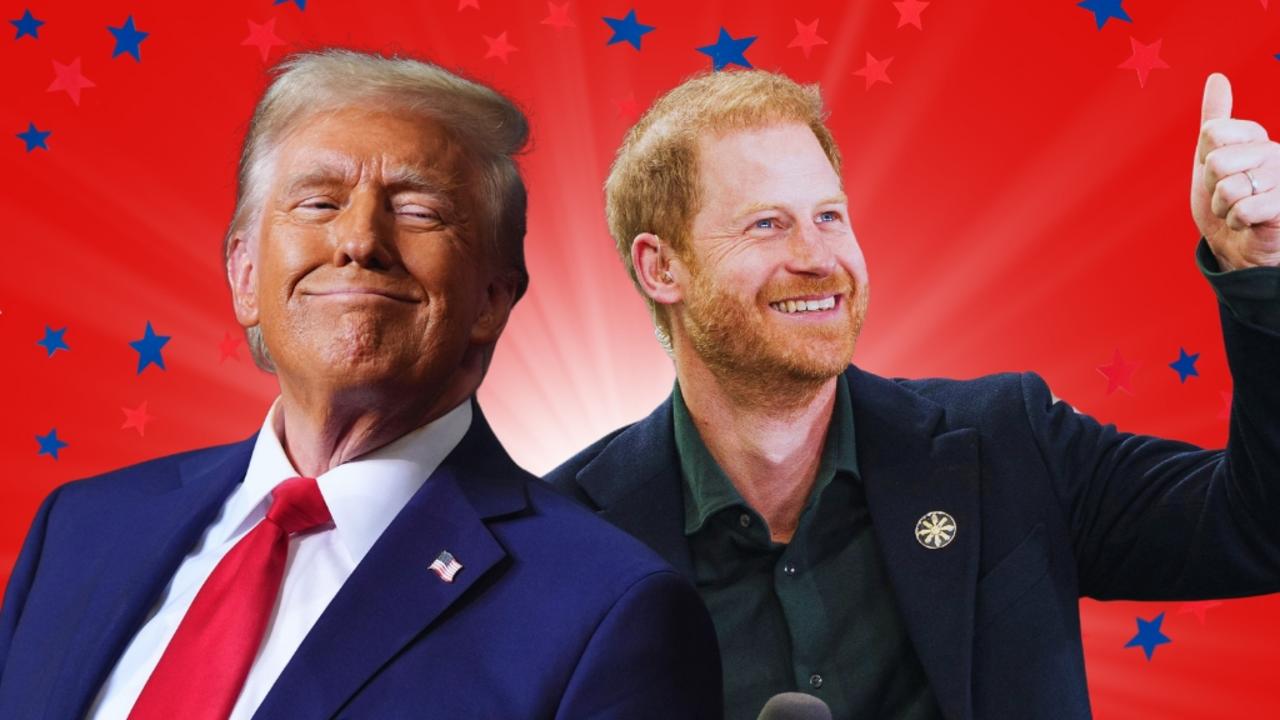The year of coronavirus has helped China close the gap on America

Almost 11 months ago, a couple of weeks after the World Health Organisation picked up a media statement from the Wuhan municipal health commission about strange cases of “viral pneumonia” but before anyone was particularly worried, all the talk about China was of an economic slowdown.
Beijing had just published its 2019 GDP growth estimate and, at 6.1 per cent, it was not just a disappointment but the slowest rate of expansion in 29 years. Days later, the International Monetary Fund forecast a further easing to 6 per cent in 2020 and 5.8 per cent in 2021 as China continued “to slow gradually toward [its] potential growth rate” of 5.5 per cent, half the average rate of 2002 to 2011.
The trade war with the US was taking a toll but there were broader concerns that the weaker pace of growth would fail to create enough jobs for the urbanising population and that the transition from an industrial to a consumption-led economy was proving trickier than hoped.
Then, in the last week of January, the full impact of coronavirus emerged. China locked down 20 million people in Hubei province and key economic indicators started flashing red. It looked like 2020 would not be China’s year. The tiger’s claws would be blunted.
Roll forward to today and China is emerging from the wreckage of coronavirus bruised, yes, but not ravaged and shell-shocked like much of the West. In January, the IMF forecast China’s economy to grow by 12.1 per cent across 2020 and 2021. Last week, the Organisation for Economic Co-operation and Development projected growth for the two years of 9.9 per cent.
Forecasts for the UK, by comparison, have gone from growth of 2.9 per cent to contraction of 7.5 per cent and the US, which has been less economically battered than most advanced nations, will be 0.6 per cent smaller at the end of next year rather than 3.7 per cent larger. In relative terms, China, the world’s second largest economy, has left Britain trailing even further behind while gaining ground on the US.

In that sense — and in the global scramble for power relative performance is all that matters — it has been China’s year. Using IMF estimates and constant exchange rates, China’s dollars 14.1 trillion economy was dollars 7.3 trillion smaller than the US in 2019 and expected to be dollars 6.4 trillion behind by the end of 2021, but is now on track to lag by dollars 5.8 trillion.
Coronavirus, which began in a wet food market in Wuhan, has been a Chinese curse for the rest of the world but, economically, a relative blessing for China — one reason why some misguided people want reparations.
The explanations for China’s better performance are straightforward. The nature of the virus makes service-based economies more vulnerable, particularly those in the West that are dependent on close consumer interactions. At the start of the crisis, the concern was about supply chains. Those have proved resilient. It is high street retail, hospitality, recreation and arts that have been pummelled.
As UK trade data showed this week, the virus played to China’s strengths as a manufacturer and exporter. For the first time, the UK imported more Chinese goods than any others, one pound in every seven in the three months to June, as we scrambled for PPE for the NHS and laptops to work from home. Stuck indoors, people spent more on stuff. For years, the trend has been to buy less junk and stock up on experiences. The virus reversed that, which is why retail sales have been resilient. It’s the same worldwide and China’s factories are booming.
The virus also played to Beijing’s authoritarian politics. For a ruling party that has no qualms about locking up its Uighur population and operating mass surveillance, there is no trade-off between civil liberties and suppressing the virus. As our parliamentarians quibbled about tiering systems and digital intrusion, China tested hundreds of millions of people through 4,000 purpose-built institutions countrywide.
“The outbreak is largely under control,” the OECD said. “Box office revenues have reached new highs. As of early autumn, almost all activities had exceeded pre-pandemic levels in seasonally adjusted terms.”
China has not wasted 2020. Last month it signed the Regional Comprehensive Economic Partnership, a trading bloc of 15 largely Asian nations including the big beasts of Japan and South Korea. Accounting for 30 per cent of global GDP, it is the largest bloc ever formed. Although it is a shallow agreement with commitments to remove tariffs on goods but nothing on services, regulations or standards, Alan Winters, director of the Trade Policy Observatory at the University of Sussex, said: “It will help Chinese growth a bit and help its influence a bit. It’s a step to Chinese hegemony in the region.”
Four years ago, the US planned to extend its influence in the region and encircle China with the Trans-Pacific Partnership, a far deeper agreement that set rules and standards. Donald Trump ripped it up in favour of direct pressure through tariffs. Beijing took advantage of America’s retreat from multilateralism to sign the RCEP, Mr Winters said. It is another stepping stone in Beijing’s soft power game to build a sphere of influence from which to square up to the US.
As good a year as China may have had, in relative terms, it has yet to make the leap to an advanced economy. It once again bought growth with debt, and borrowing jumped 10 per cent among its already overburdened corporates and state-owned enterprises. The slow economic rebalancing from investment to consumption was “interrupted”, the OECD said. Few countries have made it out of the middle-income trap, the point where catch-up growth from cheap manufacturing and copying richer rivals is replaced with innovative sources of productive growth.
But only a fool would bet against China, with its vast population and long pre-industrial record as the world’s biggest economy. At the turn of the millennium, US GDP was more than eight times China’s; by 2010 that was down to two and a half. Today, America is only 50 per cent bigger. The year of coronavirus has helped it close the gap.




